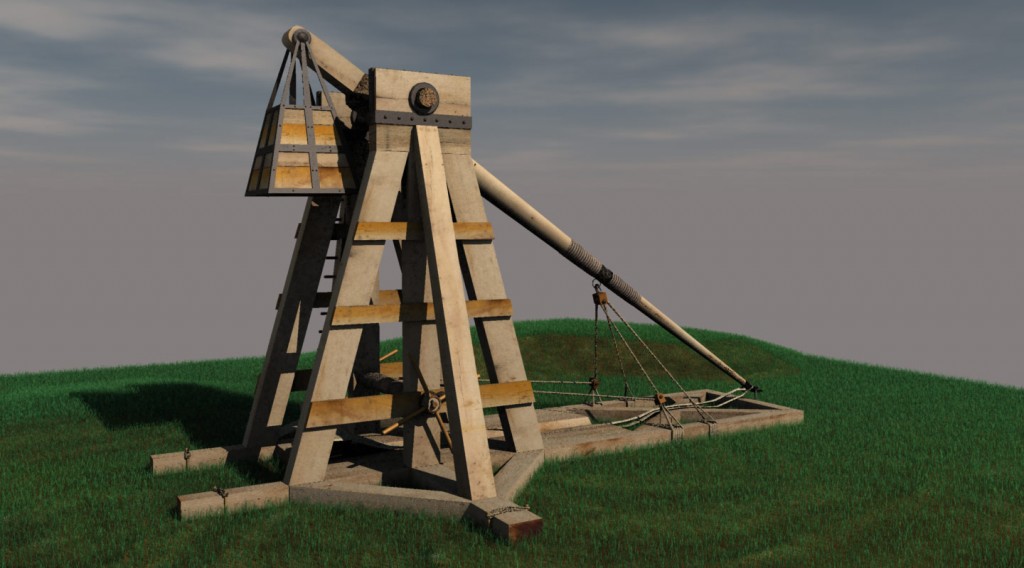
Kinematic Equations for Projectile Motion: Initial Velocity formula: The acceleration pointing down remains constant during the flight of cannonballs. Only the acceleration due to gravity, 9.8 m/ s 2, governs this type of motion. The velocity along the X-axis remains constant throughout the motion, whereas the velocity along the Y-axis varies with its position. As the path of projectile motion is always parabolic, it is represented as:īefore reaching the earth, the cannonball will take a parabolic route during its journey. Any object moving in this manner is referred to as being in projectile motion. It is tracing this curved route known as a trajectory, which has the form of a parabola. From here on out, it will continue to go forward but in a downward direction. It begins to go upward and forward until it reaches its maximum height.
Range of projectile formula how to#
Now let us see how to calculate projectile motion:Īssume you’re shooting a cannonball. In projectile motion, you only need to provide force at the start of the trajectory the object is only affected by gravity after that. As a result, projectile motion is two-dimensional. The object, in this case, travels vertically and horizontally at the same time. When an object is launched and moves along a symmetrical parabolic path, the motion is referred to as projectile motion.The object’s parabolic path is referred to as its trajectory. This post will look at the parameters and how to calculate projectile motion in a detailed analysis.

#theta = arctan(4/3) ~= 53.When an object is launched, it follows a parabolic path and the motion known as projectile motion. The first gives #theta = n pi# which doesn't make much sense so we look at the second: We want to know the value of #theta# such that #d = 3h#. #h = -1/2 g ((v_0 sin(theta))/g)^2 + (v_0^2sin^2(theta))/g#Īnd now, finally, we are ready to answer the question. This is exactly half the time taken for the projectile to reach the end (can you see why this makes sense?).įinding the max height ( #h#) is simply a case of plugging in this value, ie We shall denote the time at which the projectile is at max height as #t_m#, solving we get We do this by finding the critical point of the y value, ie we set #(dy)/(dt) = 0# #d = x(t_f) = v_0 cos(theta)*t_f = (2 v_0^2 sin(theta) cos(theta))/g = (v_0^2 sin(2 theta))/g#Īlmost there, we just need to find an expression for the maximum height. Now that we have an expression for the time of flight, we can sub it into our formula for x distance to find the range (denoted #d#): #t = 0# or #( 1/2 g t - v_0 sin(theta) )= 0#įor time of flight (which we shall denote #t_f#) we take the second one:

This will give us two times, one at #t = 0# which corresponds to before the projectile is launched and the other which shall be when it lands - the time of flight! To find the range, we need to determine the time of flight. From this we need to obtain expressions for the range and the maximum height in order to solve the problem. Now we have basic equations for the position in each direction as functions of time. #color(red) "Displacement in y as function of time"# #color(red) "Displacement in x as function of time"# Define upwards as the positive y direction and motion to the right as the positive x direction.

We now use Newton's 2nd law in the two independent directions. This means that the initial velocity in the y direction is given byĪnd the initial velocity in the x direction is given by So the projectile is fired with some initial velocity #v_0# at some angle #theta#. If you're not interested I've put coloured titles above the important results that I've used.


 0 kommentar(er)
0 kommentar(er)
